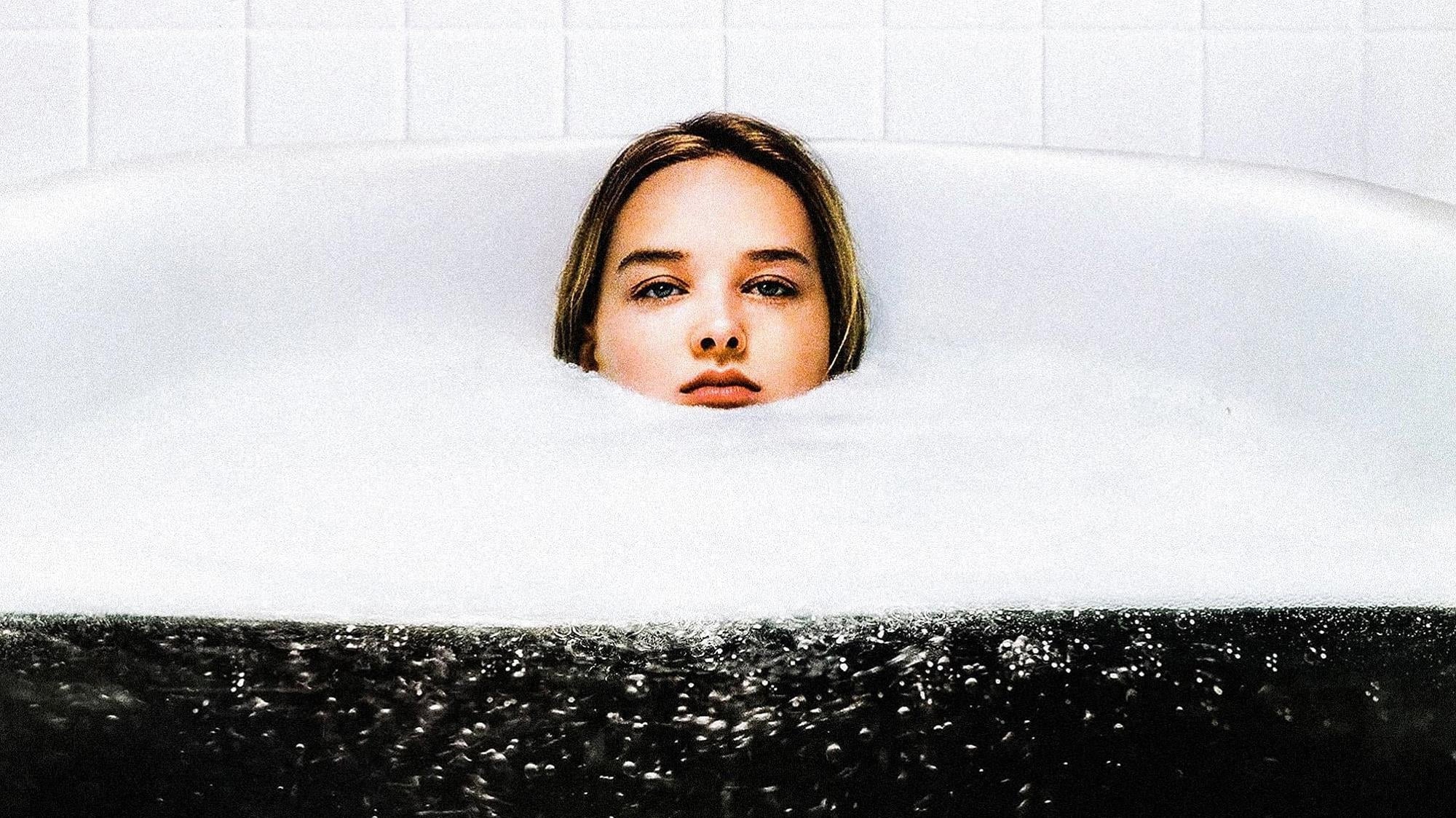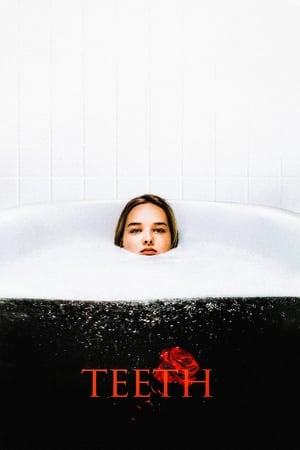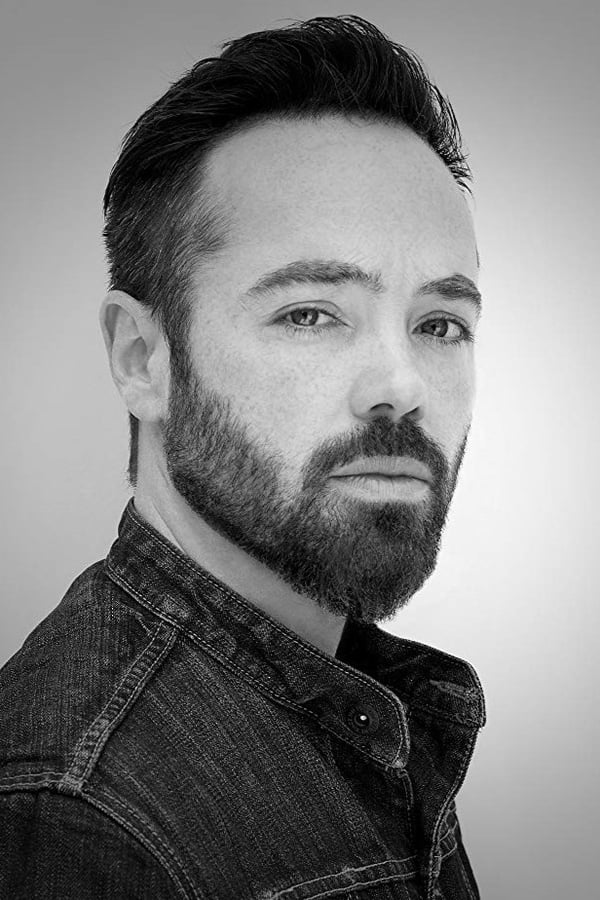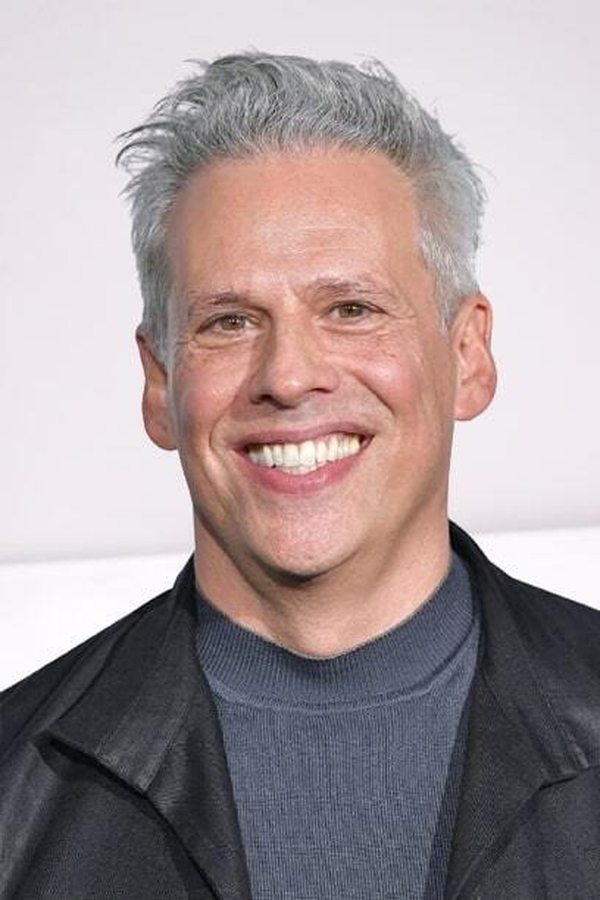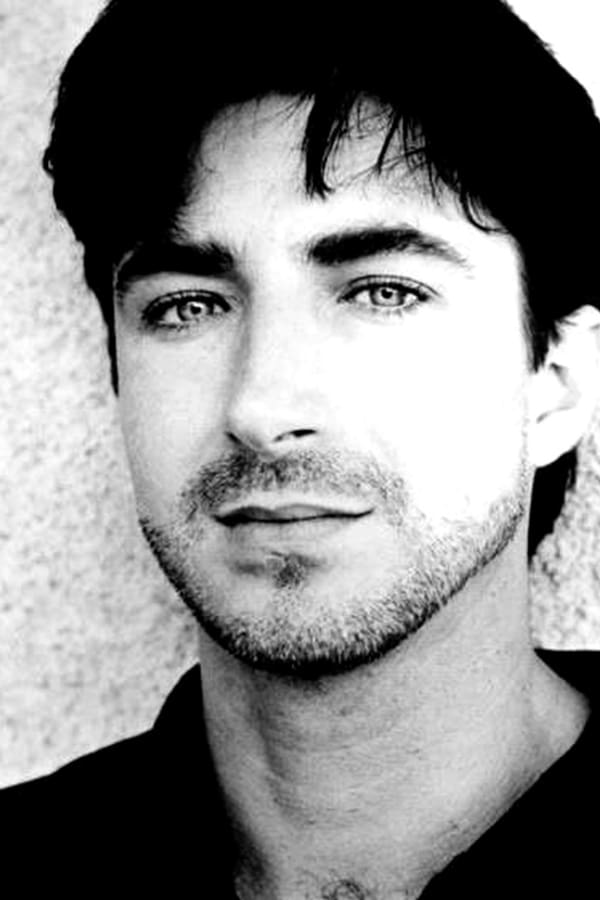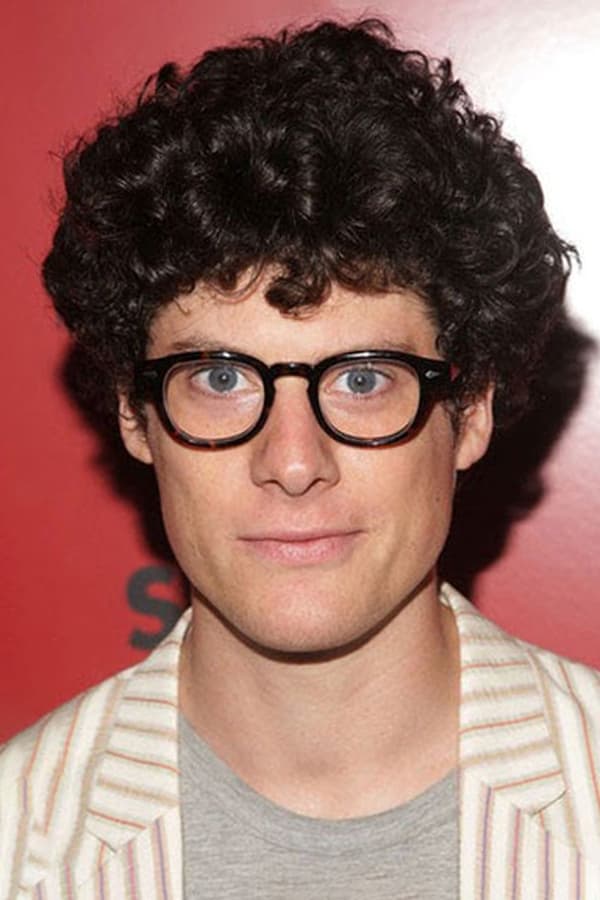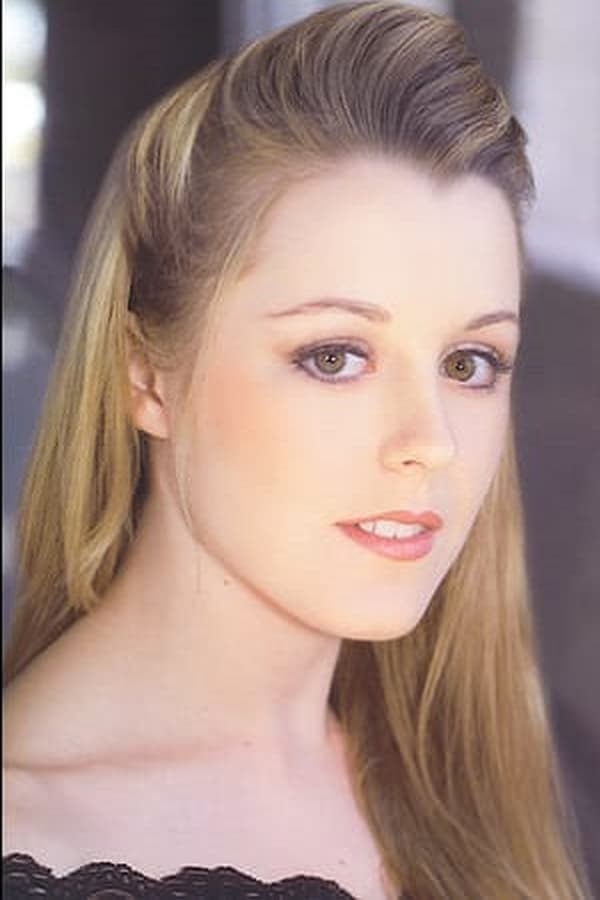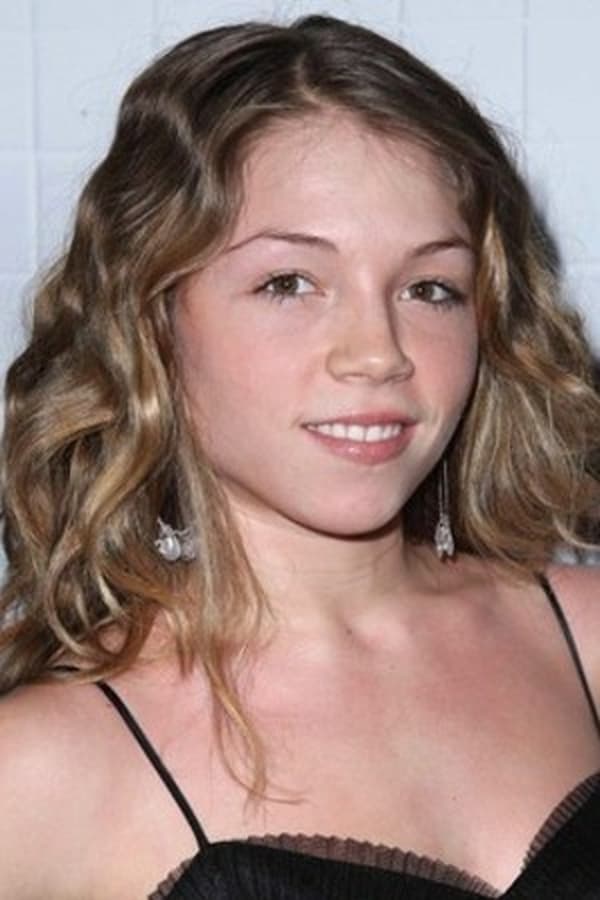(Spoiler warning for major plot points and ending.)
The idea of Rosemary's baby but with lesbian partners drew me in, and I was anticipating what the film had in store with its reimagining. Unfortunately, it all felt a little too vague to leave an impact. Let's acknowledge how the run time is but sixty-two minutes. To the film's credit, that's not a lot of time to establish characters, plot, setting, basically all aspects that go into the finished piece. Even so, it would have benefited from an extended run time. Even if it had to stick with a time limit, I feel as though the filmmakers could have devoted more time on what DID work to make a stronger, more cohesive story. Sticking to a short run time hasn’t stopped other media from being great. Take for instance, ‘Two Distant Strangers’. Using about half of the run time as ‘Lyle’, the short film has cohesive story beats and fleshed-out characters. Similarly, Disney’s ‘Launchpad’ shorts are roughly twenty minutes (give or take). With that time, the shorts are instantly intriguing within the first few minutes and convey strong emotion. The use of pacing in ‘Lyle’ feels inconsistent. In the beginning, it moves almost a little too slow to the point of being somewhat bland, then when things finally start to happen it moves entirely too fast to fully understand what’s going on. As I mentioned, The film could’ve honed in on specifics regarding the plot and trimmed out elements that in the film’s initial end that didn’t add up to much. For instance, I didn’t feel too invested in the relationship between Leah (Gaby Hoffmann) and June (Ingrid Jungermann). Sure, you could argue that it was intentional- not to feel much of a spark between the couple, as June seemed to be the whole driving force of making deals with the devil. However, the two were still married and presumably loved each other enough to engage in that level of commitment and have a child. I get it, the relationship is strained, especially after the death of their first child, Lyle (Eleanor Hopkins). The film does make a note to show us that Leah and June are in couple's therapy. I feel as though engagement in the characters could’ve been stronger if the two had more moments and June was fleshed out. There are already some morsels of this in the movie as is, but it’s a little scarce. When all is revealed that June is in on the baby sacrifice, she tries to assure Leah that it would be for the pair’s benefit. The entire reason June set up the sacrifice of their two daughters to Satan is so the music group she’s in prospers. From this they’d have good income-and is why they can even afford to move to Brooklyn in the first place. June‘s motives aren’t solely selfish in nature. They are for herself, her band, and her wife. Of course, her actions are egregious, but I feel as though in a twisted way, June making her sacrifice shows what a complex character she had hints of becoming. Nothing much comes of that though, as Leah then drowns her wife after coaxing her to get in the birthing pool. Besides that one little detail of dialogue and the occasional expressive glances or caresses given, June was a pretty straightforward character bringing nothing new. For similar reasons, I didn’t care for the decision of making as many characters in on the sacrifice as there were. Fine, they can keep their landlord Karen (Rebecca Street) as an uncomfortably eccentric aged woman who has delusions of becoming pregnant. For her character and the plot at large, it fits in. But Threes, (Micheal Che) June’s bandmate? I don’t think there was any specific reason for him to take part in it. It may have been more interesting if he was clueless about the plans and aided Leah. That could help set them apart from other movies in their genre, where typically The main character is the only one knowledgeable on a plot at large and no one believes them.
Something the film could’ve spent less time on instead of the areas that suffered is the vagueness with Taylor (Kim Allen). Her character barely affected anything in the movie and her lack of presence wouldn’t have made much of a difference. Initially, it seems like she’s going to be somewhat of a temptress to Leah as she has increasing doubts about June. Nothing really comes of this besides her occasionally outputting exposition that Leah could have learned elsewhere, without Taylor. But more importantly, she has this strange quirk about her where all of her faces were scratched out or distorted in old photos. I didn’t get what that was trying to say or be an expression of. It kind of felt random and didn’t really fit with the rest of the plot. They could’ve scrapped her entirely and used the time. Especially in the ending, as I said, when Leah drowns June. I had the literal thought of “that’s it?” As the credits rolled. It was just so sudden it hit me like a gut punch! It almost felt as if this is where the movie truly picks up speed and then it just stops. It felt like it needed more, maybe just a few extra scenes of what happened after the moment. Perhaps Leah escaping or getting caught, something of that caliber. It felt frustratingly unsatisfying.
Some qualities that can be appreciated are the themes in ‘Lyle’. The reason for June sacrificing their second daughter after Lyle’s passing is as an offering to Satan to gain fame and fortune. It’s mentioned throughout the film about how June really wanted a son, to a point where it seems to add to the rift between her and her wife. Ultimately the reason for this is revealed: if they had only one boy, they would only need to do one sacrifice. However, since they only had girls they had to sacrifice two daughters to make up the price of one son, so the movie explains. This is a pretty interesting idea as it infers to a bigger picture of commentary. Basically, it conveys how society can treat women as less valuable than men, ergo two females equaling one male in worth. The concept does have some truth to it based on how women’s opinions can often be overshadowed by men’s, how they can be underestimated for tasks “a man could do better”, and so on. This is further hinted at in a background conversation during the party scene. While talking about wage differences, one woman says, “No, no honestly it’s always been that way. It’s two girls for the price of one guy...it’s historical.” It's a fascinating take, horror around gender isn’t a genre that’s too common. The only other example I can think of is ‘Teeth’. I also enjoyed the feeling of surrealness when Leah escapes the apartment. It had a lot of chaotic energy that made me pay attention.
For an Incluvie score, ‘Lyle’ receives a 5/5 rating! LGBTQ+ /gender horror is not prominent enough so I appreciate the movie in that regard. Outside the main lesbian couple, people of color were also present within the film’s cast.
